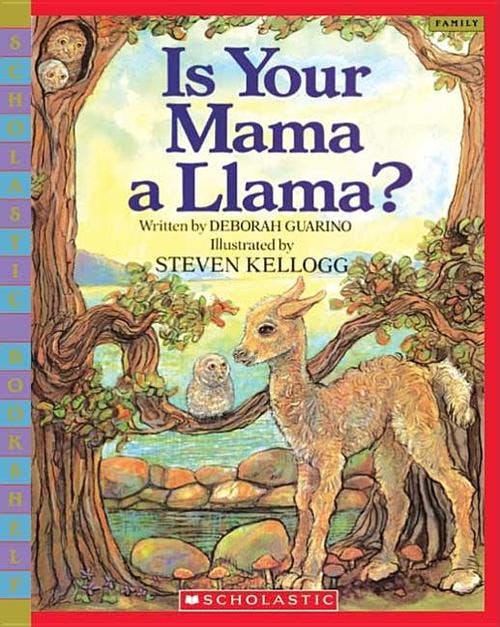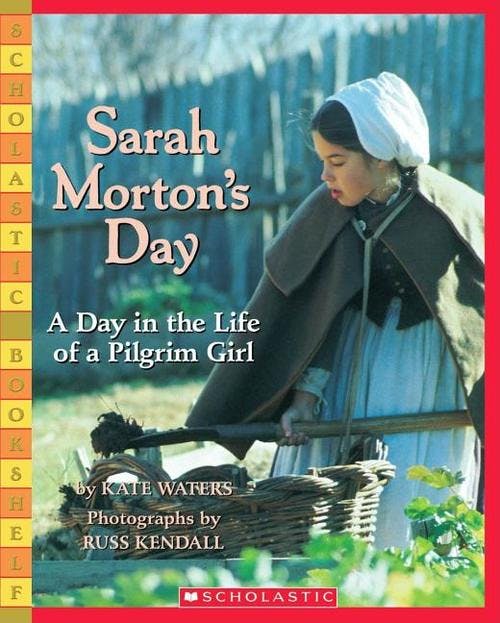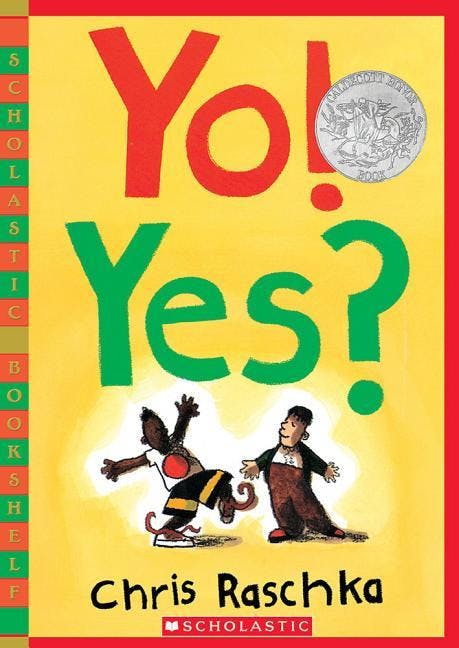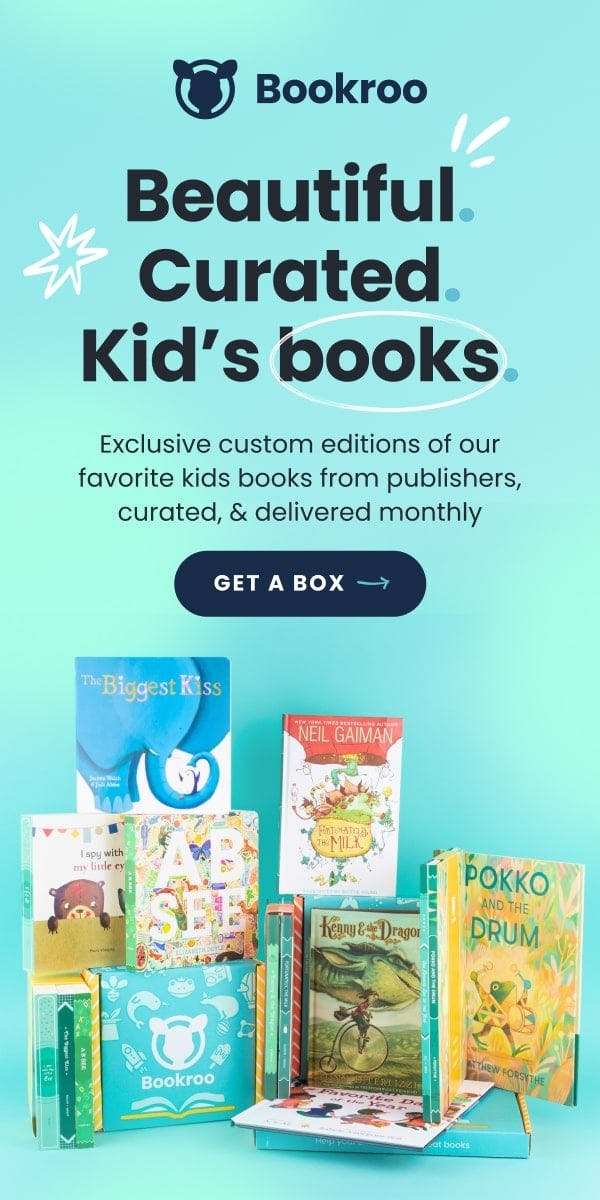Is Your Mama a Llama?
Summary
Scholastic Bookshelf Series
| Year | Title | Author | Illustrator | Pages |
|---|---|---|---|---|
| 1989 | Is Your Mama a Llama? | Deborah Guarino | Steve Kellogg | 32 |
| 1989 | Sarah Morton's Day | Kate Waters, Scholastic Inc. | 32 | |
| 1993 | Yo! Yes? | Chris Raschka | Chris Raschka | 32 |
| 1999 | Red-Eyed Tree Frog | Joy Cowley | 32 | |
| 2000 | Sometimes I'm Bombaloo | Rachel Vail | Yumi Heo | 32 |
| 2001 | Mice and Beans | Pam Muñoz Ryan | Joe Cepeda | 32 |
The Creatives Behind the Books
I’m sometimes asked about my general approach to illustration, which has over the years come to be described as minimal. Hmm, I’m not sure minimal is such a complimentary term, but I’ll accept it. I wasn’t always minimal. In the early days I was laying it on as thickly as I could, trying very hard to get it right. But I found that the harder I tried, the more tired whatever it was I was working on looked. And then I grew tired of it as well. “There is too much sweat in it,” is how my friend, the artist Vladimir Radunsky, would put it. Perhaps he means that there has been an imposition of too much of my will upon the material with which I was working. It is an offhand remark of Wordsworth’s that helped me when I needed a new way to move forward: “The matter always comes out of the manner.” How you say something has direct bearing on what you say. So, if you labor heavily upon a work of art, then part of what you are saying is, this is a heavy work of art. If you happen to be trying to say something about lightness, then the art should be light as well. It is much the same with food. There are heavy meals and light meals. There are sauces that contain endless lists of ingredients, and there are sauces that contain only a few but in exquisite proportion. Does an apple taste best bitten directly into, sliced thinly with a light squeeze of lemon, or baked for an hour with nutmeg, sugar, cinnamon, flour and egg whites? Maybe the answer is that there is a time for all of those things. My answer in my illustration has been to allow the materials to speak as directly as possible. I want each and every entire brushstroke to be seen. I want the marks made by the tip of the brush to carry as much meaning as the marks made by the dragging tail end, the part that splits open as the paint pulls away, thins and dries. I want each brushstroke to have a beginning, a middle, and an end, a story in itself and a life in itself. Then the life of this brushstroke can wrestle with the life of the brushstroke next to it. There is enough action there between two brushstrokes for a little story. And what happens when the next brushstroke comes in a different color? It could be epic. Of course, if it’s just brushstrokes wrestling around, it isn’t much of a picture book is it? There still has to be a picture. And maybe it needs to be a picture of a dog named Daisy or a little girl riding a bike. So I have to be careful before I get too carried away in the manner itself. In the end, this is how it goes in my books. There are always two stories happening: one is me having fun watching brushstrokes wrestle, and the other is the story told in pictures and words on a page. It may be minimal, but it’s enough for me.
Joy Cowley is the award-winning author of more than 300 books for children, including Big Moon Tortilla and Mrs. Wishy-Washy. She lives in New Zealand.
Rachel Vail is the author of children’s books including Justin Case, Sometimes I’m Bombaloo, and Righty and Lefty. She is also the author of several books for teens and middle grade readers, including If We Kiss, You Maybe, Gorgeous, Wonder, and Never Mind, which she wrote with Avi. Vail was born in New York City and grew up in New Rochelle, NY, just down the street from her future husband, though she didn’t know that until much later. She attended Georgetown University, where she earned her B.A. in English and Theater. She lives in New York City with her husband and two sons.
Pam Muñoz Ryan is the recipient of the Newbery Honor Medal and the Kirkus Prize for her New York Times bestselling novel, Echo, as well as the NEA’s Human and Civil Rights Award and the Virginia Hamilton Literary Award for multicultural literature for her body of work. Her celebrated novels, Echo, Esperanza Rising, The Dreamer, Riding Freedom, Becoming Naomi Léon, and Paint the Wind, have received countless accolades, among them two Pura Belpré Awards, a NAPPA Gold Award, a Jane Addams Children’s Book Award, and two Américas Awards. Her acclaimed picture books include Amelia and Eleanor Go for a Ride and When Marian Sang, both illustrated by Brian Selznick, and Tony Baloney, illustrated by Edwin Fotheringham, as well as a beginning reader series featuring Tony Baloney. Ryan lives near San Diego, California, with her family.
Joe Cepeda received his Bachelor of Fine Arts degree from California State University, Long Beach, and also studied Engineering at Cornell University. He is a fine artist, as well as an illustrator of more than thirty-five book jackets and picture books, which have received many honors including Notable Children’s Trade Book in the Field of Social Studies, Parenting Magazine’s Reading Magic Award, Oppenheim Toy Portfolio Platinum Award, Texas Library Association 2x2 Reading List, ALA Notable Books, and Child Magazine’s Best Book of the Year. Joe illustrated Hey, Hey, Hay! by Christy Mihaly, ¡Vamonos! Let’s Go! by Rene Colato Lainez, and Swing Sisters by Karen Deans. He both wrote and illustrated two I Like to Read books–Up and I Dig. Joe received an American Library Association Pura Belprè Honor and the Recognition of Merit Award from the George G. Stone Center for Children’s Books. He lives in Southern California.





















